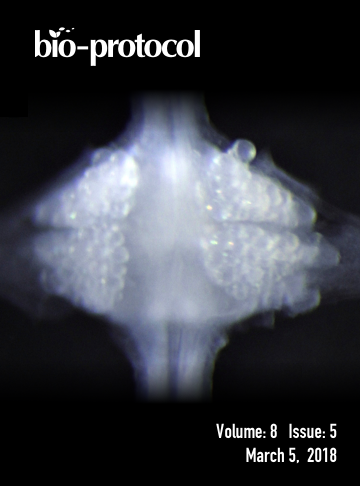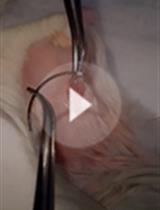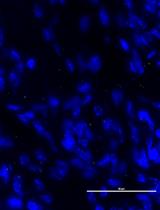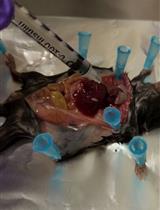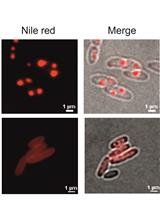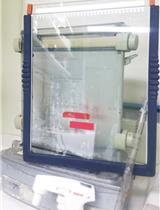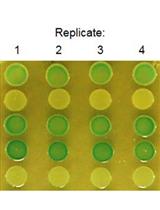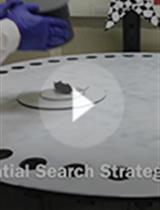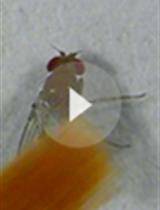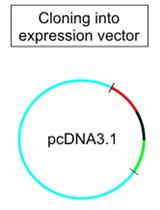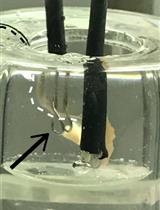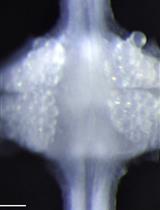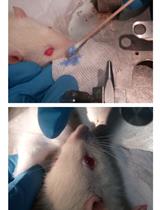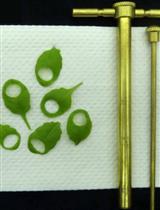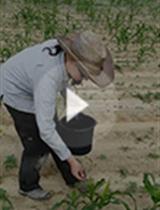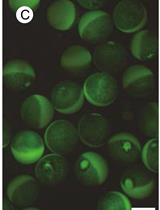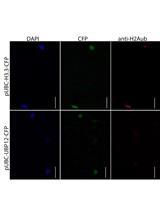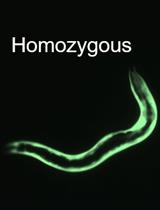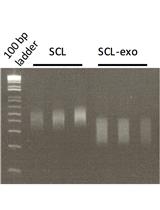往期刊物2018
卷册: 8, 期号: 5
发育生物学
Terminal Deoxynucleotidyl Transferase Mediated Production of Labeled Probes for Single-molecule FISH or RNA Capture
末端脱氧核苷酸转移酶介导的用于单分子FISH或RNA捕获的标记探针的生成
免疫学
Murine Pancreatic Islets Transplantation under the Kidney Capsule
肾被膜下小鼠胰岛移植
Mono Sodium Urate Crystal-induced Peritonitis for in vivo Assessment of Inflammasome Activation
单钠尿酸盐晶体诱导的腹膜炎用于体内评估炎症体激活
Quantification of Bacterial Attachment to Tissue Sections
组织切片细菌附着定量
Intravenous Labeling and Analysis of the Content of Thymic Perivascular Spaces
静脉标记和胸腺血管周围间隙含量分析
微生物学
Determination of Polyhydroxybutyrate (PHB) Content in Ralstonia eutropha Using Gas Chromatography and Nile Red Staining
采用气相色谱法和尼罗红染色法测定富养罗尔斯通菌中聚羟基丁酸酯(PHB)的含量
Visualization of RNA 3’ ends in Escherichia coli Using 3’ RACE Combined with Primer Extension
3'RACE联合引物延伸法检测大肠埃希氏菌RNA 3'末端
In vivo Analysis of Cyclic di-GMP Cyclase and Phosphodiesterase Activity in Escherichia coli Using a Vc2 Riboswitch-based Assay
使用基于Vc2 Riboswitch的测定法体内分析大肠杆菌中环状di-GMP环化酶和磷酸二酯酶活性
神经科学
Barnes Maze Procedure for Spatial Learning and Memory in Mice
用于小鼠空间学习和记忆的Barnes迷宫程序
Flight and Climbing Assay for Assessing Motor Functions in Drosophila
评估果蝇运动功能的飞行和攀爬分析
Construction and Cloning of Minigenes for in vivo Analysis of Potential Splice Mutations
用于体内潜在的剪接突变分析的微小基因的构建及克隆
Mouse Phrenic Nerve Hemidiaphragm Assay (MPN)
小鼠中膈神经偏侧膈分析(MPN)
Dual-sided Voltage-sensitive Dye Imaging of Leech Ganglia
水蛭神经节的双面电压敏感染料成像
A Fluorescent Dye Method Suitable for Visualization of One or More Rat Whiskers
适合观察一根或多根大鼠触须的荧光染料方法
植物科学
Quantification of Plant Cell Death by Electrolyte Leakage Assay
通过电解质渗漏测定法定量植物细胞死亡
Large Scale Field Inoculation and Scoring of Maize Southern Leaf Blight and Other Maize Foliar Fungal Diseases
玉米南方叶斑病及其他叶片真菌病的大面积野外接种与评分
Boron Uptake Assay in Xenopus laevis Oocytes
在非洲爪蟾卵母细胞系统中进行硼的吸收分析实验
Histone Deubiquitination Assay in Nicotiana benthamiana
本氏烟草中的组蛋白去泛素化分析
系统生物学
Synthetic Genetic Interaction (CRISPR-SGI) Profiling in Caenorhabditis elegans
秀丽隐杆线虫中合成遗传相互作用(CRISPR-SGI)分析
Coupling Exonuclease Digestion with Selective Chemical Labeling for Base-resolution Mapping of 5-Hydroxymethylcytosine in Genomic DNA
核酸外切酶消化联合选择性化学标记碱基分辨率定位基因组中DNA中5-羟甲基胞嘧啶


